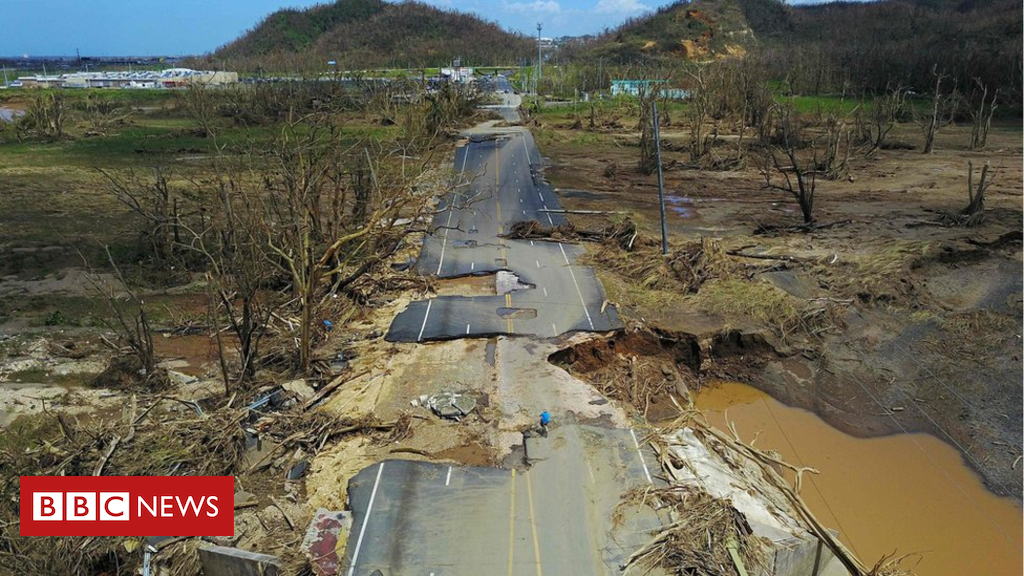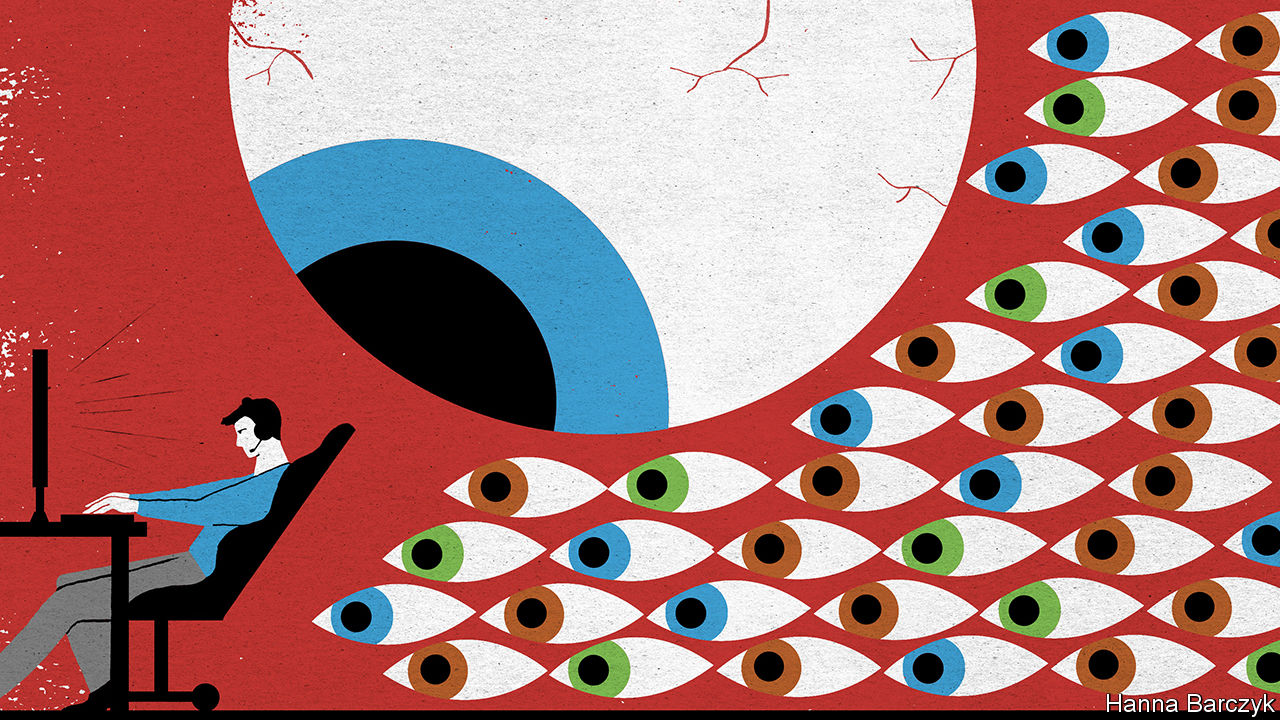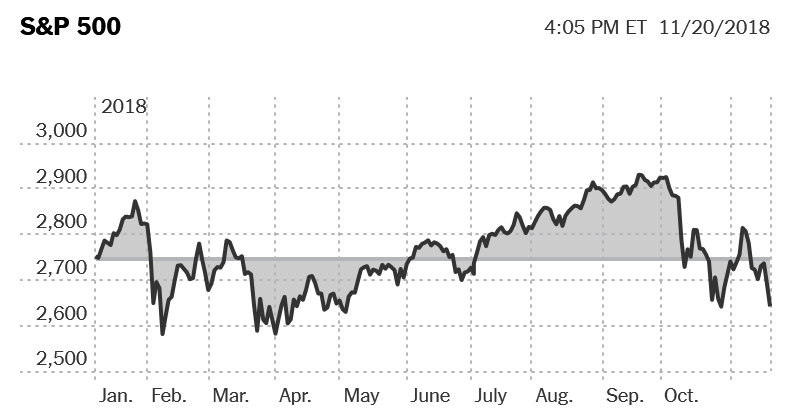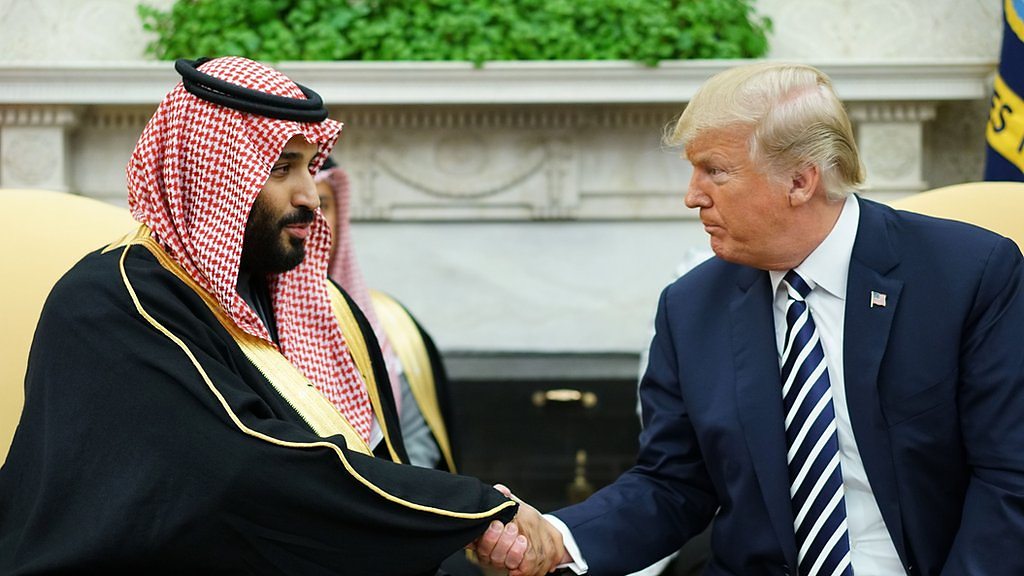Officials in Puerto Rico now say 2,975 people died following Hurricane Maria – a devastating storm that struck the US island territory in September 2017.
The revised death toll is nearly 50 times the previous estimate of 64.
Governor Ricardo Rossello “accepted” the findings in a long-awaited commissioned independent investigation.
Puerto Rico has struggled to repair its infrastructure and power grid since the storm, and is asking US Congress for $139bn (£108bn) in recovery funds.
“I’m giving an order to update the official number of deaths to 2,975,” governor Ricardo Rossello said at a press conference. “Although this is an estimate, it has a scientific basis.”
The authorities have faced nearly a year of criticism for underreporting the true toll of Maria – the most powerful storm to hit the region in nearly 90 years.
The government earlier acknowledged the death toll was much higher than their official figure of 64. However, it did not change the total, despite some experts estimating 4,600 deaths.
- Total blackout hits 3.4m Puerto Ricans
- Six graphics that sum up Puerto Rico disaster
- Puerto Rico profile
The latest findings – accepted by the island’s authorities – were made in a report by researchers from George Washington University.
It tracked the number of deaths from when Maria struck the island in September 2017 to mid-February of this year.
Many people died as a result of poor healthcare provision and a lack of electricity and clean water. Repeated power outages also led to an increased number of deaths from diabetes and sepsis.
The Caribbean island is home to 3.3 million US citizens, some 8% of which have since left the island, the study said.
The study also said that those from poorer backgrounds in Puerto Rico were 45% more likely to have been killed in the aftermath of the hurricane.
“The results of our epidemiological study suggest that, tragically, Hurricane Maria led to a large number of excess deaths throughout the island,” principal investigator for the report, Carlos Santos-Burgoa, said.
Hurricane Maria caused the largest blackout in US history, according to research consultancy the Rhodium Group.
Official recognition moves recovery forward
Gary O’Donoghue, BBC Washington correspondent
For close to a year, Puerto Rico’s government has clung to the idea that 64 people died as a result of Maria, the third most financially costly hurricane in the United States since 1900.
That figure was always risible – particularly when you consider that the 150 mph (241 kmh) winds caused around $90bn worth of damage and left households for, on average, 84 days without electricity; 64 days without water and 41 days without cellular telephone coverage.
The government’s number was arrived at by merely counting those crushed by collapsing structures, drowned and hit by flying debris.
But now the governor, Ricardo Rossello, has bowed to the inevitable and ordered the official toll to be updated more than forty-fold.
In truth, the new official number is still an estimate – based on mortality data and taking into account historical data on migration patterns.
But the official recognition will allow the island to move on and focus fully on rebuilding its infrastructure and extracting the tens of billions of dollars needed from Congress to give the three million inhabitants of this already bankrupt territory something of a future.









